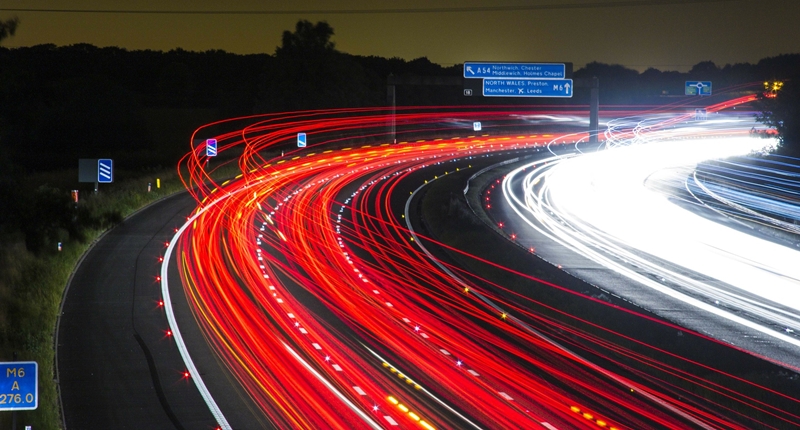Five years ago, launching a decent streaming platform took millions. Now? A teenager with a laptop can build something that reaches millions. That shift…
Digital disruption: the driving force behind innovation in the automotive industry

Digital disruption is a reality both globally and locally and is set to transform the automotive landscape moving forward. Connectivity – in particular the connected car relating to digitisation and interactivity within every automobile – is increasing and consumers are demanding more interactive services and mobile apps that plug seamlessly in to connected vehicles. There is little doubt that the automotive industry is under pressure to adapt alongside digital advancement.
The rise of the connected customer
Customers are more tech-savvy and through this are demanding greater connectivity in their vehicles and are also relying less and less on dealership to provide advice on suitable vehicles. Gone are the days where consumers plan outings to dealerships to see what options are available – the majority of this is done online. They are also no longer satisfied in accepting the first model available irrespective of the colour. At the click of a button, consumers can find multiple dealerships offering the model they want, in the right colour, at the right mileage and within their area and can soon see these dealerships competing purely on price. Connectivity gives consumers massive choice.
The rise of the connected customer will have massive implications for the automotive industry. Expect to see greater collaboration between OEMs and Dealerships to attract and retain the connected customer.
Buying segments
The demand for connectivity varies across the various buying segments within South Africa. Although affordability remains at the forefront, premium buyers are placing an increased focus on greener emissions, advanced safety and connectivity features, semi-autonomous driving capabilities, a customised driving experience and a seamless ownership experience. Expect a rise in the demand for SUVs and crossovers.
Mid-level and aspirational buyers are expecting to see a drop in new technology as it scales, with the latest connectivity and safety features the minimum standard in compact and fuel efficient vehicles. These consumers form part of the ‘connected consumer’ group and are well research and educated. Affordability concerns are on the rise which will see this group navigate toward driving services like Uber as well as down scaling.
Entry-level or first time buyers are expecting an affordable mobility solution and are also more connected than before. Affordability remains a top priority with an increase in focus on convenience and connectivity. Alternatives to vehicle ownership are considered which includes car sharing services.
There’s an app for that
In-car services, aimed at providing infotainment, location-based services and apps providing driver assistance, are set to gain popularity in newer vehicle models in 2016 and beyond. The key to the success of this however relies mainly on the relevance to the driving/service experience in the mind of the vehicle owner. “Apps that warn about possible collisions will be at the forefront of this technology, giving drivers the ability to driving smarter and safer,” Mollink says.
Customers are now more demanding than ever, and manufacturers need to pay close attention to these demands. By developing technology to make customers’ lives easier and more convenient, OEMs are sure to have the upper hand going into the future.

